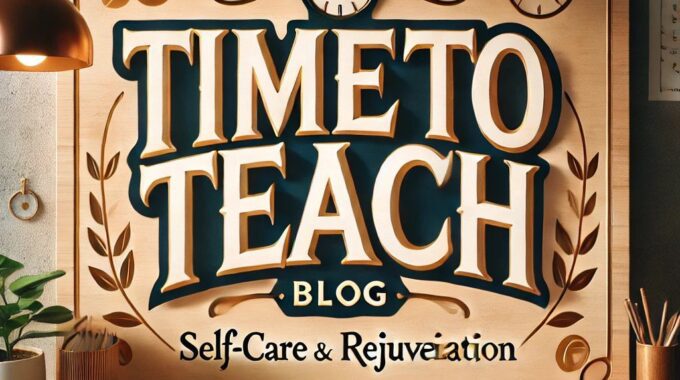As we turn the corner into spring, it’s the perfect time to refresh our teaching…
Bring the Benefits of Computational Thinking into Your Classroom with Grab-and-Go Lessons from Ignite My Future
We believe in thanking our sources! This post was sourced from the following blog/website: http://feedproxy.google.com/~r/Assessment/~3/9xyeOvUL2v8/
The following is a new blog post related to education and teaching and relevant to our website visitors. The blog post is not based on the opinions or values of our company but is related to education and teaching, so we wanted to share it with YOU! If you ever have any questions please let us know. Now… on to the post!

The number of computer science-related jobs continues to outpace the number of graduating students qualified to fill them. One key to encouraging students to consider computer science career pathways is the integration of computational thinking across subject areas. Computational thinking considers 21st century technology and overlaps it with key strategies to solve any given challenge. By teaching students to solve problems using the same components as a computer, we prepare them for a bright future where they can combine creativity and computational thinking for ultimate innovation and success.
Ignite My Future, developed in partnership with Tata Consultancy Services (TCS), is making it easier for educators to incorporate computational thinking into lessons with grab-and-go resources and turnkey support. Available in the Discovery Education K-12 learning platform for students in grades 6-8, each of these thirteen lessons provides a downloadable PowerPoint presentation that comes complete with implementation instructions, assignable activities, career connections and real-world applications.
Through fun activities like researching state parks, planning what to pack in Destination Vacation, and collaborating like a team of linguists to develop a universal language in Emoji Essay, students build capacity and learn to collect data, analyze data, find patterns, decompose problems, abstract, build models, and develop algorithms – the seven components to computational thinking.
For those interested in going deeper with these lessons, expanded versions of each one can also be found at IgniteMyFutureinSchool.org, along with family activities to help students extend their learning at home. In addition, the site features easy-to-use professional learning resources to help teachers explore best practices for integrating computational thinking across subject areas. From the Master Class Video Series featuring real-world teachers to the on-demand e-Learning Modules, educators can learn on their schedule.
A cross-curricular skill set, computational thinking helps bridge the gap between subjects and supports numerous other engagement strategies, including project-based learning. Waxpool Elementary, a Discovery Education partner school in the Loudon County School District has adopted a school-wide approach to PBL that utilizes computational thinking in their daily lessons. The school was recently recognized as the 2021 PBL Champion School by PBLWorks.
As students begin returning to in-person learning, identifying new ways to engage them in the classroom will be key! Computational thinking supports engagement while building skills that will help students solve the problems of tomorrow. Get started at IgniteMyFutureinSchool.org or on the Ignite My Future channel in the Discovery Education learning platform.
Time To Teach reviews each blog post by our contributors but if you feel this is a blog post better suited for another page please let us know.
Teachers and Educators are our heroes. We want to thank you for the work you do!
Yours In Education!
Time To Teach

